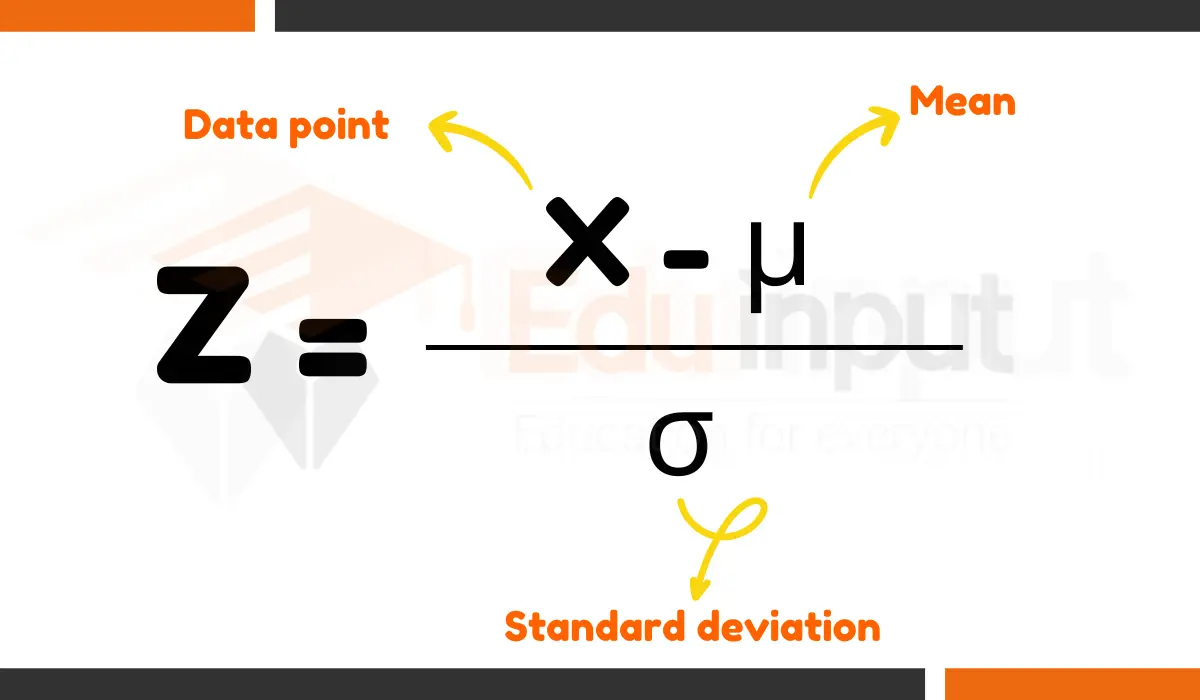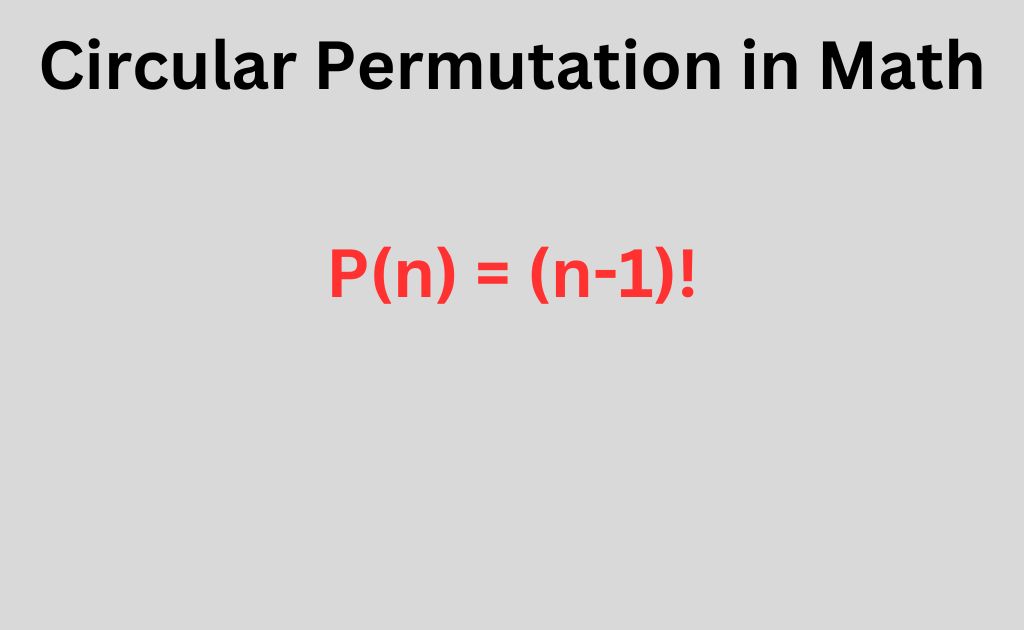Probability-Addition of Probabilities and Multiplication of Probabilities
Probability is the numerical evaluation of a chance that a particular event would occur.
This definition of probability is too vague to be of any practical use in estimating the chance of the occurrence of a particular event in a given situation.
But before giving a comprehensive definition of probability we must understand some terms connected with probability.
Experiment
A planned activity or any process which results in some well-defined outcome
Example:
Tossing a coin is called an outcome.
Outcome
A result obtained by an experiment is called an outcome.
Example
When a coin is tossed the outcomes are either Head or Tail.
Sample Space
A set of all possible outcomes of an experiment is called sample space. It is denoted by S
Example
When a die is rolled then sample space is: S ={1, 2, 3, 4, 5, 6}
Sample space for tossing a coin three times
Sample Space: S = {HHH, HHT, HTH, THH, TTH, THT, HTT, TTT} => n(A) = 8
Sample Point
Each outcome in a sample space is known as a sample point.
Event
A particular outcome of a sample space is called an event usually denoted by E.
The event is a subset of sample space.
Difference between Sample Point and an Event
Sample space is only one element of sample space while an event is a set containing one or more elements of a sample space.
Mutually Exclusive Events
Two events are said to be mutually exclusive (disjoint) events if they cannot both occur at the same time.
Example
When a coin is tossed, if the Head appears, then the Tail cannot appear at the same time. So Head and Tail are mutually exclusive events.
Equally likely Events
Two events are said to be equally likely events if each one has the same number of chances of occurrence.
Example:
When a die is rolled, then the chance of occurrence of an odd number of dots is the same as the chance of occurrence of an Even number of dots.
Certain Event or Sure Event
An event that is certain to occur is called a certain occur. Example: When we toss a coin, then the appearance of the head or Tail is a certain event.
Impossible Event
An event that can never occur is called an impossible event. For example; when we roll a die, then the Head will appear, it is an impossible event.
The formula of Probability:
Let S be sample space and E be an event, then the probability of event E is denoted by P(E) and defined as:
P(E) = n(E)/n(S) = number of favorable outcomes/number of possible outcomes
- P(A) is the probability of an event “A”
- n(A) is the number of favorable outcomes
- n(S) is the total number of events in the sample space.
Prove that P(E) = 1- P(E)
Proof:
Let N be the total outcomes of a sample space and R be the number of outcomes of an event E,
then n(S) = N, n(E) = R => P(E) = n(E)/n(S)= R/N
Now (N-R) will be number of non- occurrence of event E. i.e. n(E) = N – R
P(E) = n(E)/n(S) = N – R /N = N/N – R/N = 1- R/N
= 1 – P(E) P(E) = R/N
A die is rolled. What is the probability that the dots on the top are greater than 4?
Solution
The Sample space of this experiment is S = {1, 2, 3, 4, 5, 6} => n(s) = 6
Let E denotes the event that dots on the top of the die are greater than 4
Then E = {15, 6} => n(E) = 2 Now P(E) = 2/6 = 1/3
Addition of Probabilities:
Formulae
Let A and B are two events, then
P(A) = Probability of event A
P(B) = Probability of event B
P(AUB) = Probability of occurrence of event A or B
P(AUB) = P(A) + P(B) – P(A∩B) When A and B are overlapping events.
Example
There are 20 chits marked 1, 2, 3, … 20 in a bag. Find the probability of picking a chit, the number is written on which is a multiple of 4 or a multiple of 7
Solution
S = {1, 2, 3, …, 20} => n(S) = 20
Let A is event chit picked is multiple of 4, A = {4, 8, 16, 20} => P(A) = n(A)/n(S) = 5/ 20
Let B is event chit picked is multiple of 7, B = {7, 14}
P(B) = n(B)/n(S) = 2/20
A∩B = { }, So A and B are disjoint event => P(AUB) = P(A) + P(B) = 5/20 + 2/20 = 5 + 2/20 = 7/20
Multiplication of Probabilities
In the multiplication of probabilities, we discuss the Independent Event and Dependent Event
Independent Event
Two events are said to be independent events if the occurrence of one does not affect the occurrence or non-occurrence of the other.
Example:
if a pair of dice is thrown, then the occurrence of an even number of dots on one die does not affect the occurrence or non-occurrence of an even number of dots on the other die.
Dependent Event
Two events are said to be dependent events if the occurrence of one affects the occurrence of the other.
Example:
if we toss a coin then if the head appears, the tail cannot appear.
In this case: P(A∩B) = P(A).P(B)
If A and B are two independent events then prove that: P(A∩B) = P(A). P(B)
Proof
Let S1 and S2 be the sample space for event A and B respectively, such that n(S1) = n1 and n(A) = m1 => P(A) = m1/n1 , n(S2) = n2 and n(B) = m2 => P(B)= m2/n2
Since A and B are independent events, therefore
Possible outcomes for (A∩B) = m x n favorable outcomes for (A∩B) = m1 x n1
Thus P(A∩B) = m1 x n1/mx n = P(A).P(B)
Example
The probability that a man and his wife will be alive in the next 20 years is 0.8 and 0.75 respectively. Find the probability that both of them will be alive in the next 20 years.
Solution
Let P(A) = man will be alive in the next 20 years => P(A) = 0.8
Let P(B) = wife will be alive in the next 20 years => P(B) = 0.75
Since A and B are independent events, So the probability that both man and his wifep9 will be alive in the next 20 years is P(A∩B) = P(A) . P(B)
= 0.8 x 0.75 = 0.6

 written by
written by 





Leave a Reply